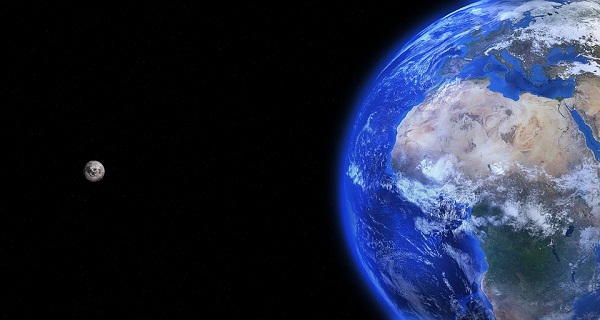
NASA has said that it is working on Laser Communications Relay Demonstration (LCRD) technology that, according to the American space agency, could become the high-speed ‘internet’ of the sky. The LCRD technology would enable much higher data rates for connections between Earth and spacecraft, for example, scientific data downlink and astronaut communications.
“LCRD is the next step in implementing NASA’s vision of using optical communications for both near-Earth and deep space missions,” said Steve Jurczyk, associate administrator of NASA’s Space Technology Mission Directorate, which leads the LCRD project.
“This technology has the potential to revolutionize space communications, and we are excited to partner with the Human Exploration and Operations Mission Directorate’s Space Communications and Navigation program office, MIT Lincoln Labs and the U.S. Air Force on this effort.”
With optical communication/ laser communications, data is encoded onto a beam of light, and this light beam is transmitted between spacecraft and Earth terminals. This technique offers data rates 10 to 100 times better than current radio-frequency (RF) communications systems. Another big advantage of laser communication systems is that they are small in size and lower in weight than radio systems—a capability that could offer immense benefits during deep space exploration missions.
“LCRD is designed to operate for many years and will allow NASA to learn how to optimally use this disruptive new technology,” said Don Cornwell, director of the Advanced Communication and Navigation division of the Space Communications and Navigation program office at NASA Headquarters, which leads the development of the instrument.
“We are also designing a laser terminal for the International Space Station that will use LCRD to relay data from the station to the ground at gigabit-per-second data rates.”
“We plan to fly this new terminal in 2021, and once tested, we hope that many other Earth-orbiting NASA missions will also fly copies of it to relay their data through LCRD to the ground,” said Cornwell.
The LCRD technology can be said to be an extension of the Lunar Laser Communications Demonstration (LLCD) technology that first demonstrated high-data-rate laser communications beyond low-Earth orbit.
“We’ve learned a lot over the years about radio-frequency communications and how it works to make the most of the technology,” Dave Israel, LCRD’s principal investigator, said about the current communications system.
“With LCRD, we’ll have the opportunity to put laser communications through its paces to test the performance over different weather conditions and times of day to get that experience.”
NASA’s Goddard Space Flight Center in Greenbelt, Maryland is leading the LCRD project. The partners include NASA’s Jet Propulsion Laboratory in Pasadena, California, and MIT’s Lincoln Laboratory.
